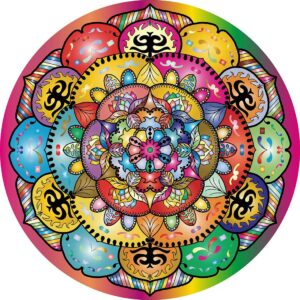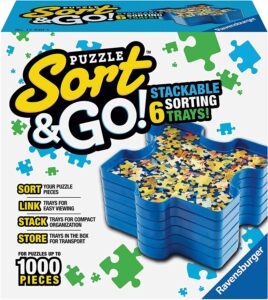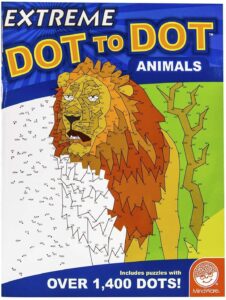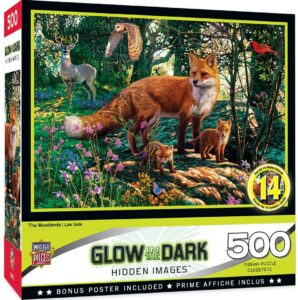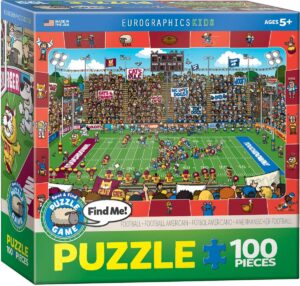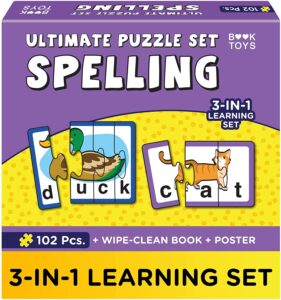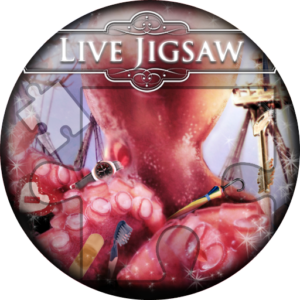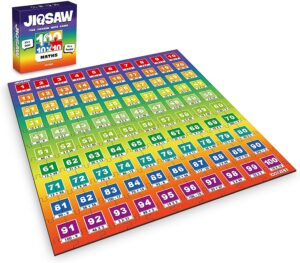An excellent way to make a child’s childhood everlasting is to play a jigsaw puzzle. Regardless of their type, jigsaw puzzles for kids keep them busy and educate them simultaneously. The games can be addictive and a relaxing way to wind up the day. Also, it enhances kids’ thinking ability. Many played and still play jigsaw puzzle games, but they have no idea what they are. Before we go ahead, let us take a look at the meaning of Jigsaw puzzles.
Meaning of Jigsaw Puzzles for Kids
Jigsaw puzzles for kids consist of a picture printed on cardboard, wooden material, metal, or foam cut into different irregular shapes that have to be joined together. The players’ job is to interlock the oddly shapes together to get a complete picture. Usually, each of the oddly shapes has a portion of the picture; when fitted accurately, the puzzle produces a full image. The typical images on a jigsaw puzzle for kids include nature, buildings, castles, mountains, and other traditional scenes. Nonetheless, a jigsaw puzzle for kids can have any images printed on it.

Benefits of Jigsaw Puzzles for Kids
Jigsaw puzzles have exclusive benefits for kids as well as adults. Below are some of the top advantages of Jigsaw puzzles for kids.
Anxiety
Kids such as special needs children sometimes get anxious unnecessarily over a task, activity, or event. The puzzle is a strategy to keep them under check and calm them. It keeps the focus on a particular job and diverts their attention completely, thereby relaxing their nerves. Jigsaw puzzles also help to improve their attention span. A technique to make them finish the task is to offer a reward or make them a promise.
Mental Exercise
Body exercise keeps the body healthy and robust, while mental activity keeps the brain healthy and functional. Jigsaw puzzles for kids are a great way to exercise the brain. One side of the brain centers on thinking, innovation, and reasoning, while the other side, on the other hand, handles the analytical side, coherence, and objective. Playing a puzzle ensures that a child uses the left and the right sides of the brain actively. Also, it will help prevent slow thinking and keeps the kids alert always.
Problem-Solving
A jigsaw puzzle game requires solving a problem or finding a solution to a problem. Playing the game often will force a child to find a way around it. As time goes on and constant practice, the children start developing their reasoning skills and different strategies to the puzzle. If you want to check this:
- Set a time for your kid the first time they play a puzzle game.
- Try the process again the second time, and then the third. You will notice that the time reduces.
- If it does not, try to meddle in the game.
Attention to Details
Naturally, in a jigsaw puzzle for kids, similar shapes compel you to pay attention. In other words, you need to watch the Pieces closely to identify the small differences in colors and sizes, as it will help you to have a complete picture. The ability to fish out these little details can help the child fit perfectly in the ever-evolving world – personal lives and career. Identifying the small but seemingly important information improves the quality of your work.
Memory
Consistently playing a jigsaw puzzle improves a child’s memory. Puzzle games involve making meaningful connections among different pieces, strengthening their neural relationship. Consequently, it improves their thought process, cognitive, and mental speed.
Types of Jigsaw Puzzles for Kids
The increasing interest in puzzle games for kids has led to an uprise in the different kinds of Jigsaw Puzzles. Below are some of the best jigsaw puzzles for kids.
As the name implies, the simple puzzle game involves putting some shapes on a wooden or plastic sheet. This game is closely related to the jigsaw puzzle. But they are different. In an insert puzzle, players have to match the shapes’ cutouts with corresponding figures on the sheet. The designs are usually in animals, flowers, trees, school buses, and buildings.
A sorting jigsaw puzzle for kids involves separating a group of items into groups. Parents and teachers can create this game without buying it. The different sorting games are not limited to shapes, colors, and letters. The visual memory, identification of patterns, relationships, and similarities strengthen children’s problem-solving and organization skills. Besides, sorting is essential for understanding numerical concepts when children mature.
Connecting the dots puzzle is a way for toddlers to practice pencil control and counting skills. Also, it perfects a child’s hand-eye coordination. As a child moves her hand to connect the dots, her eyes follow the movement across the sheet, and that sends out information to the brain. Any disruption to this process and the child is frustrated. With practice, however, the child starts perfecting his/her writing skills. Parents should provide minimal intervention at this stage to allow self-discovery. However, you can give simple instructions such as reduce your grip a bit.
Find the Hiding Objects Jigsaw Puzzle
Find the hiding objects puzzle is one of the riddles that increase students’ concentration levels. The game deals with a picture (can be wood) where the player needs to find an item among a pile of other things. The player’s job is to fish out the missing item. This puzzle requires a high level of observation, patience, and rapid eye movement. The best of the games are hard to find, but not impossible.
Also called Spot and Find puzzle, this game is usually in a printed picture. Sometimes, it can also be found in textbooks and newspapers. It requires that players find differences between two closely related images of any kind. The differences are generally tiny, so it becomes hard to see. Spot the difference is an excellent technique of inclusive learning in the classroom as It allows every student to be actively involved in the learning process.
Word puzzle is one of the most popular and oldest games ever. The makers design the board game to test players’ ability with vocabulary. People mostly use word puzzle games for entertainment, but they can serve an educational purpose. It involves letters arranged in a grip that contain several hidden words in various directions. The player’s job is to form as many words as possible. It also involves spelling and matching letters. Children can enjoy the game alone, but playing together helps kids be more alert, fast, and think critically. Besides, it helps children learn to spell more quickly as they form words and make corrections independently. Word puzzles are more of logic than language because you do not need previous experience to play them. You have to figure it out right there. The game is suitable for toddlers, especially and older kids.
Thanks to our digitally connected and ever-evolving world, online jigsaw games have won the heart of many kids. They do not take space, and it is hard to lose a piece. A digital jigsaw puzzle is an interactive game for one or more players. It is an adaptation of the traditional wooden puzzle with rules, player representation – all managed electronically. It comes in the form of an application or you playing them on different sites. Digital jigsaw games for kids have a lot of advantages,
Advantages of Digital Jigsaw Puzzles ● It is impossible to lose them.
- You can stop assembling it and come back to finish from where you left off any time you want.
- You can create a personal puzzle from the beginning and share it with others. Although you can not physically touch, glue, or hand a digital puzzle, it is a great way to have fun and learn.
Maths puzzles are types of games involving mathematical concepts and objects. Even though you need to be good at calculations to enjoy this puzzle, logical thinking can also help you sail through. Teachers sometimes use maths puzzles to teach elementary school maths problem-solving skills. And they do not usually involve competitions between two or more players. Questions like the following are examples of mathematics games.
Photomosaic Jigsaw Puzzle is divergent from all other jigsaw puzzles. Simply put, a photomosaic jigsaw is a picture that has been dissected into equal-sized tile sections, each of which is replaced with a smaller painting that matches the target image. The picture looks like the primary picture, but a closer examination reveals that the image comprises several other smaller illustrations. The game is challenging, intriguing, and memorable. Mainly, it requires patience and critical as it may take hours to complete. It is suitable for children eight years and above.
Conclusion
Jigsaw puzzles for kids are great games to educate and entertain kids. There are varieties of puzzle games out there. However, it would be best to look out for one suitable for kids’ age and their level. Hopefully, you find the right jigsaw puzzle that resonates with you and interests you.

